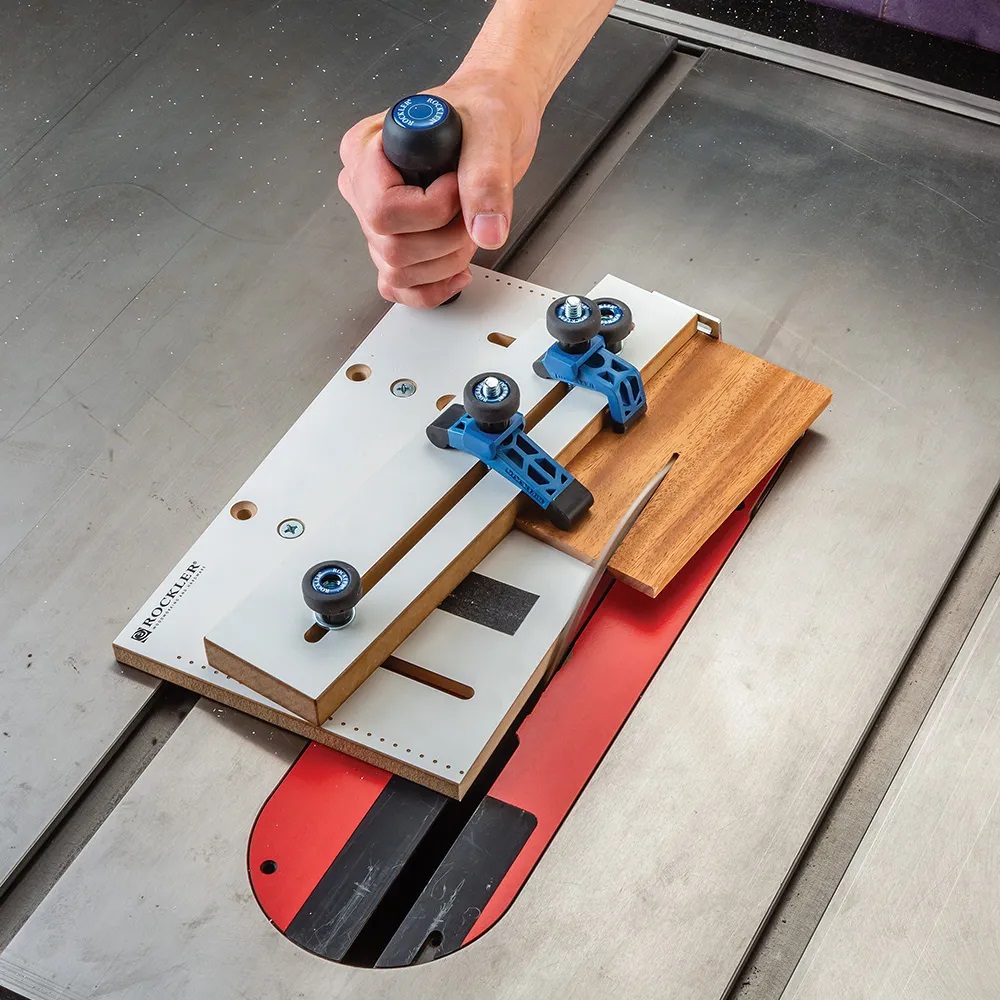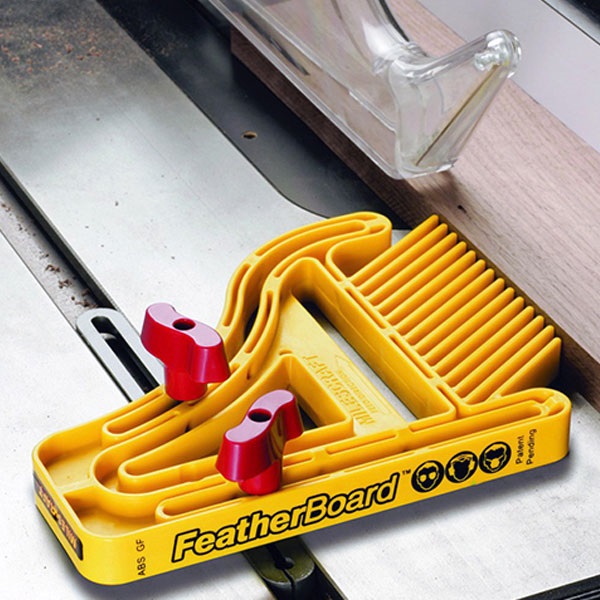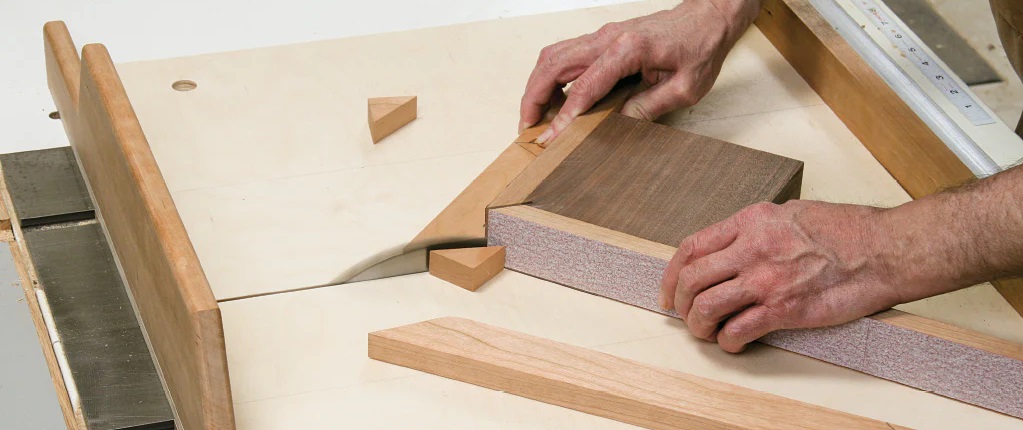Working with Smaller Parts – Hot Tips

Woodworking often involves working with intricate or small parts, presenting unique challenges to ensure safety, accuracy, and precision. Whether using routers, table saws, circular saws, or bandsaws, mastering techniques for handling small parts is crucial for successful woodworking. Here are some valuable tips to navigate this aspect of woodworking safely and effectively.
- Secure Workpieces Properly:
Before making any cuts or shaping with power tools, ensure that your workpiece is securely held in place. Use clamps, hold-downs, or a dedicated jig to prevent small parts from shifting or flying out during operation. A stable workpiece minimizes the risk of accidents and ensures accurate cuts.
- Use Push Sticks and Push Blocks:
When working with small parts on table saws, circular saws, or bandsaws, employ push sticks or push blocks to maintain a safe distance between your hands and the cutting blade. These tools provide better control and stability while keeping your fingers away from potential hazards, especially crucial when cutting narrow pieces.
- Create Auxiliary Tables or Fences:
For routing small parts, consider attaching auxiliary tables or fences to your router table. These additions provide additional support and stability for small workpieces, minimizing the risk of them tipping or vibrating during routing operations. Ensure these auxiliary fixtures are securely attached and properly aligned for precise results.

- Use Featherboards:
Featherboards are invaluable accessories for guiding small workpieces along the fence or table while maintaining consistent pressure against the cutting tool. Install feather boards parallel to the blade or router bit to prevent small parts from drifting off course, ensuring accuracy and safety throughout the cutting process.
- Employ Stop Blocks and Jigs:
Utilize stop blocks and specialized jigs to streamline repetitive cuts or shaping tasks with small parts. Stop blocks help maintain consistent dimensions and prevent overshooting, while jigs provide precise guidance for intricate cuts or patterns, reducing the risk of errors and ensuring uniformity in your woodworking projects.
- Maintain Focus and Concentration:
Working with small parts requires heightened focus and attention to detail. Minimize distractions in your workspace and prioritize concentration on the task at hand to avoid mistakes or accidents. Stay mindful of your hands’ proximity to cutting tools and maintain a steady pace to ensure accuracy and safety throughout the woodworking process.

- Practice Patience and Precision:
Lastly, approach working with small parts with patience and a commitment to precision. Take your time to set up your tools and workpieces correctly, double-check measurements, and make adjustments as needed to achieve the desired results. Rushing through the process can lead to costly errors or compromised safety.
By implementing these tips and techniques, woodworkers can confidently tackle projects involving small parts on routers, table saws, circular saws, and bandsaws. With a focus on safety, accuracy, and attention to detail, working with small parts becomes a manageable and rewarding aspect of woodworking, leading to beautifully crafted and professional-quality finished pieces.
Comments
Add comment